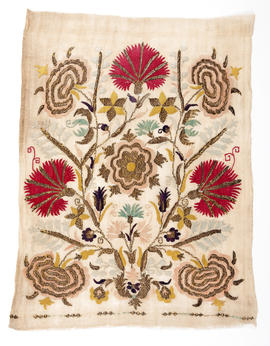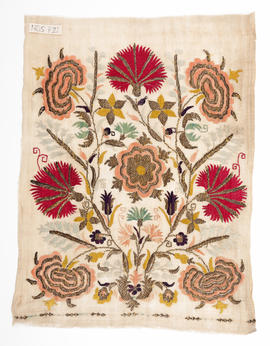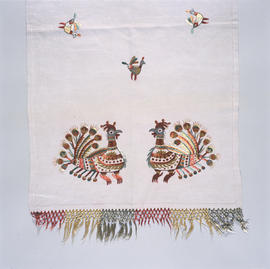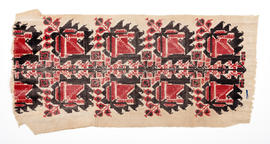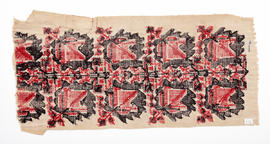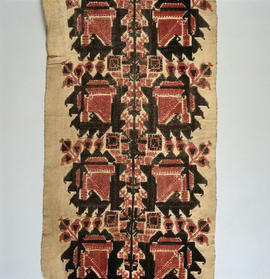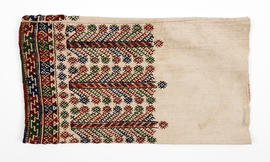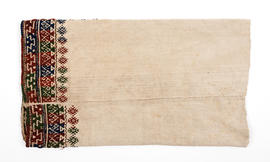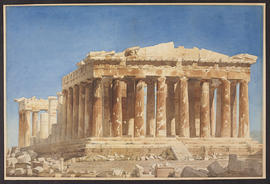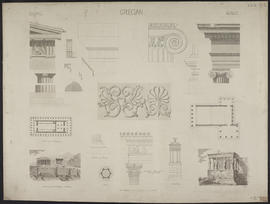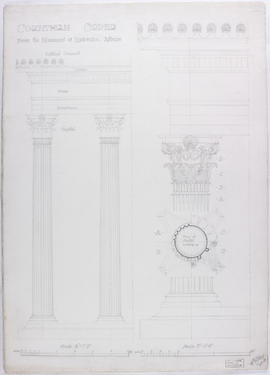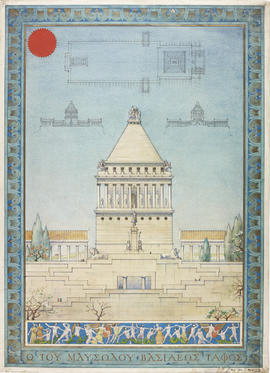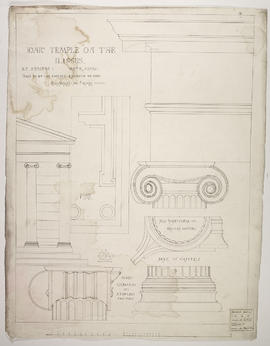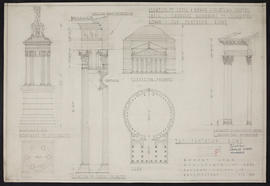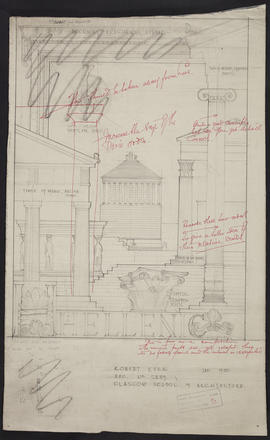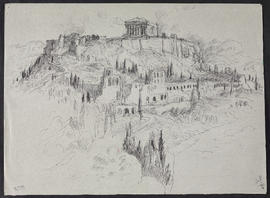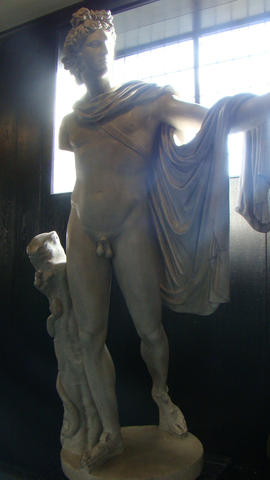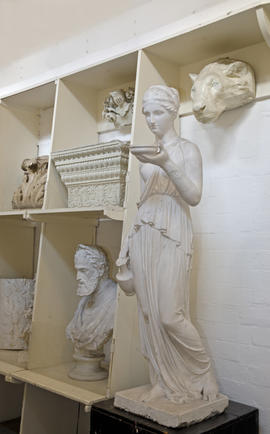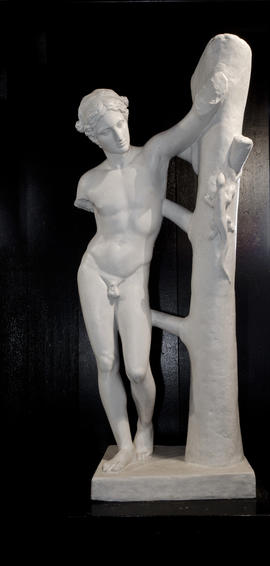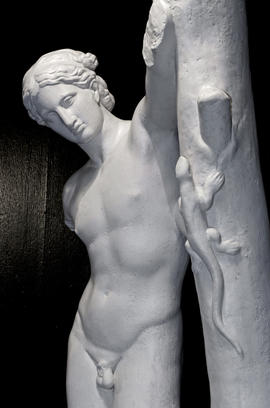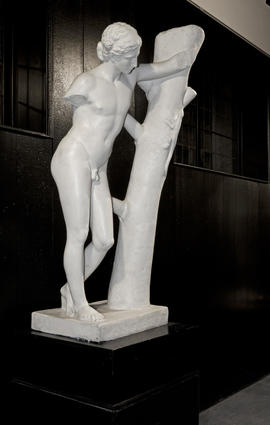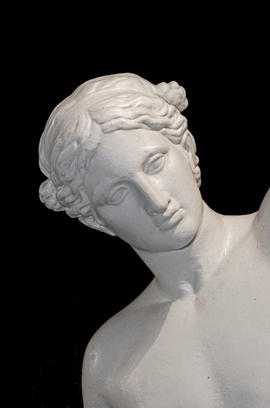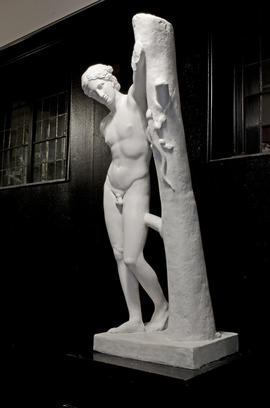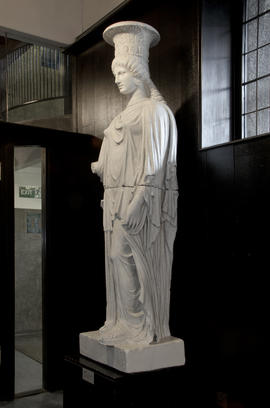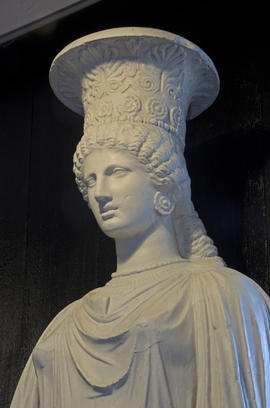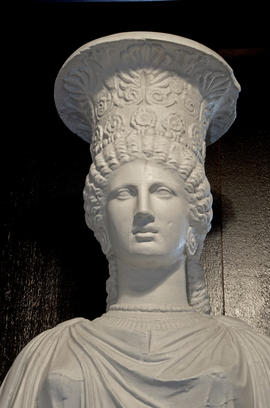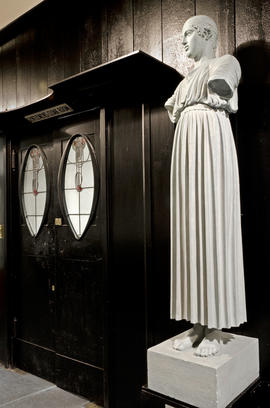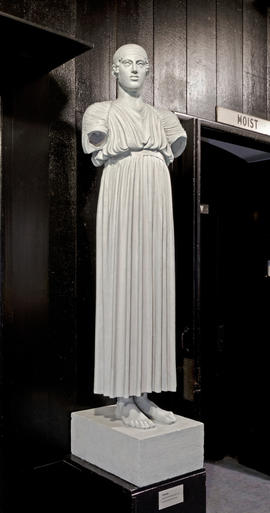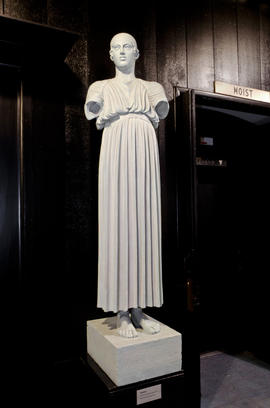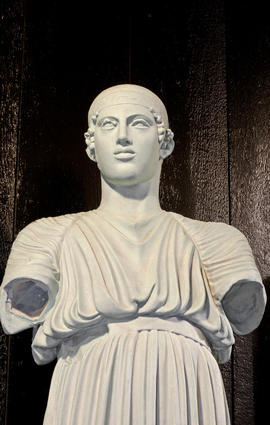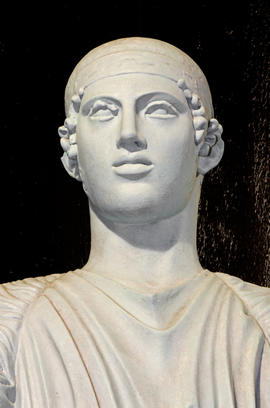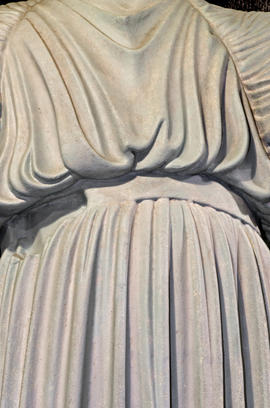- DC 052
- Collection
- 1964
Hugh Ferguson graduated from Glasgow School of Art/Architecture in 1955. His collection of papers includes a notebook of 'Descriptive Geometry' from The Royal Technical College containing notes and detailed mathematical drawings.
Ferguson received the Alexander Thompson Travelling Scholarship in 1964 and another notebook/sketchbook documents his travels over one month in Greece - from 15th of August to 5th September 1964. Two weeks were spent resident in Athens and two weeks travelling; he visited many sites including Delphi, Eleusis, Daphni, Ossios Loukas, Brauron, Mycanae, Tiryns, Pylos, Epidauros, Olympia and Corinth. Detailed notes are given on the work going on at these sites, accompanied by around 33 photographs of ongoing architectural work.
Loose papers include information on the life and works of Alexander Thompson as well as a draft of the text for the final bound travel notebook.
Please note that this material is not yet fully catalogued and therefore some items may not be accessible to researchers.
Ferguson, Hugh C S

